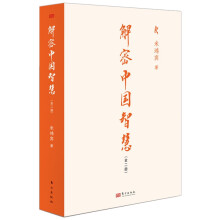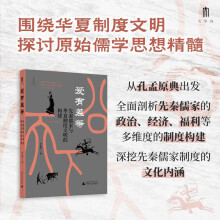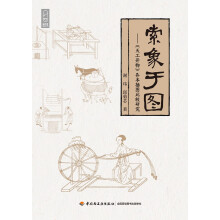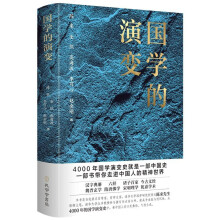《印象中国·文明的印迹:古镇(烟雨千年·山水故园)》:
明代嘉靖年间,朝廷首次“许民间皆立宗立庙”。到了清代,民间祠堂大量出现,几乎各村各镇都有祠堂,其中还有宗祠、支祠和家祠之分。祠堂的功能除了祭祖之外,还是族长行使族权的地方,同时也可以作为家族的社交场所。一些地方的宗祠还附设学校,族人子弟就在这里上学。祠堂建筑一般都比民宅规模大,越有权势的家族祠堂往往越讲究,高大的厅堂、精致的雕饰,成为这个家族光宗耀祖的一种象征。
寺庙
中国古镇中还保留着大量的民间寺庙,除了宗教性质的佛教寺庵、道教官观、清真寺之外,还有许多供奉传统和地方诸神仙的庙宇,如关帝庙、土地庙、文昌阁、魁星阁、真武阁等等。对于中国人来说,无论是传说中的文臣武将还是管天管地的各路神明,无论是外来的菩萨还是本土的道主,只要能带来平安、圆满与护佑,就都可以纳入信仰和崇拜的范围,享受香火。
only the emperors and dukes or princes had the privilege to set up their own ancestral halls, and civilians could but worship their ancestors at home.It was not until Jiajing period (1522—1566) that the imperial court allowed civilians to set up ancestral halls or temples.In the Qing Dynasty (1644—1911), civil ancestfal halls came forth in large number, almost each village having its own hall.These ancestral halls can be divided into three categories: ancestral halls, branch ancestral halls and family ancestral halls.
……
展开










